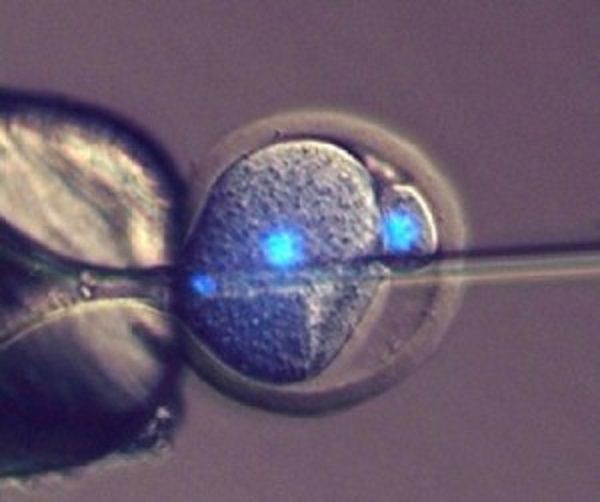Landmark experiment discovers method to create babies without female egg, opening door for two men to conceive own children

University of Bath scientists have discovered a way of creating offspring without using female egg. The method could open the door for two men to have a baby using their DNA.
The pioneering experiment dashes 200 years of biology teaching that only a female egg could cause changes in a sperm need to create a baby since an egg forms for a special kind of cell division wherein half the number of chromosomes are carried over. Sperm cells also form the same way that the meeting of egg and sperm forms a full genetic quota, explains The Telegraph.
However, the experiment discovered that embryos could be created from cells that have all their chromosome, meaning any cell in the human body could be fertilised by a sperm. While eggs could be tricked into developing into an embryo without fertilisation, the product – parthenogenotes – die after a few days because key development processes which need input from sperm do not take place.
The university’s researchers from its Department of Biology & Biochemistry developed a way of injecting mouse parthenogenotes with sperm that resulted in healthy baby mice. The experiment has up to 24 percent success rate versus zero percent for parthenogenotes and 2 percent for nuclear transfer cloning.

The landmark study was published on Tuesday in Nature Communications journal. Dr Tony Perry, molecular embryologist and senior author of the study, says, “Our work challenges the dogma, held since early embryologists first observed mammalian eggs around 1827 and observed fertilisation 50 years later, that only an egg cell fertilised with a sperm cell can result in a live mammalian birth.”
The scientist behind the idea is Dr Tory Suzuki from the university’s Laboratory of Mammalian Molecular Embryology. Besides Perry’s team, researchers from the University of Regensburg and the Fraunhofer Institute for Toxicology and Experimental Medicine in Germany participated in the study.
The experiment hints it would be possible in the long-term future to breed animals using non-egg cells and sperm. It also has potential future applications in human fertility treatment and for breeding endangered species.
VIDEO: Parthenogenesis
Source: Learn Biology





















